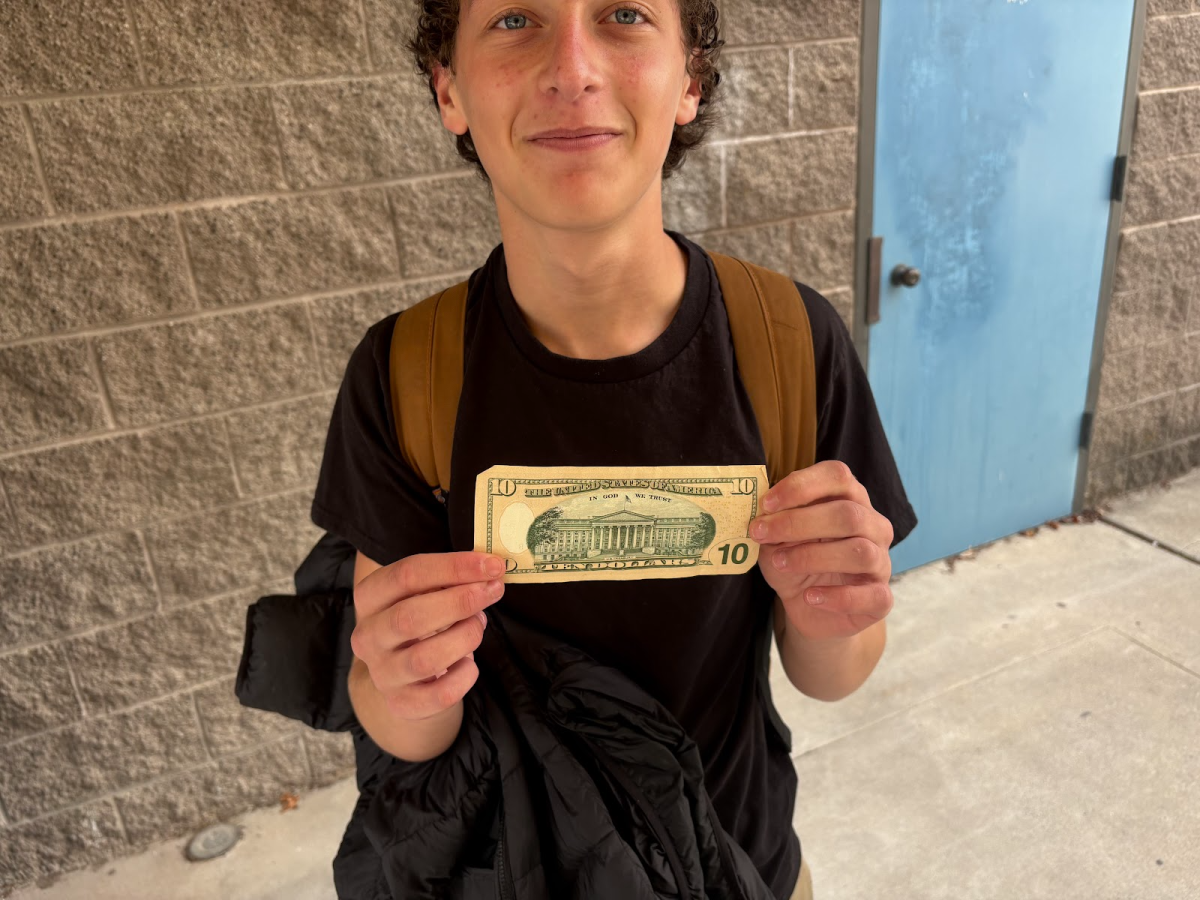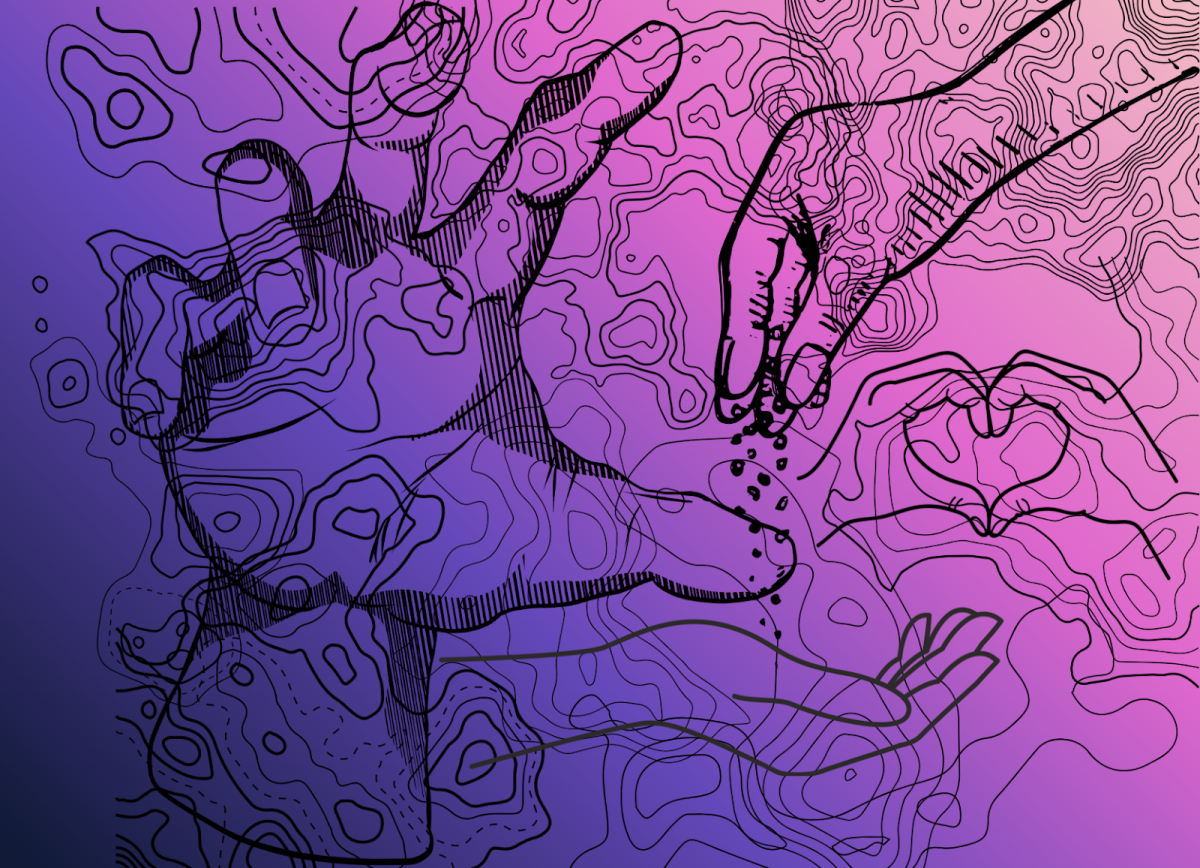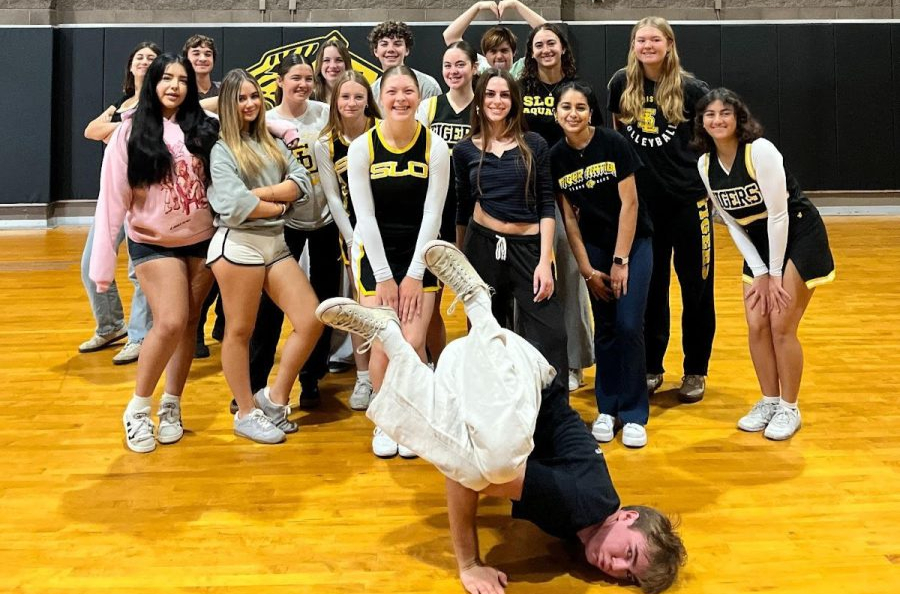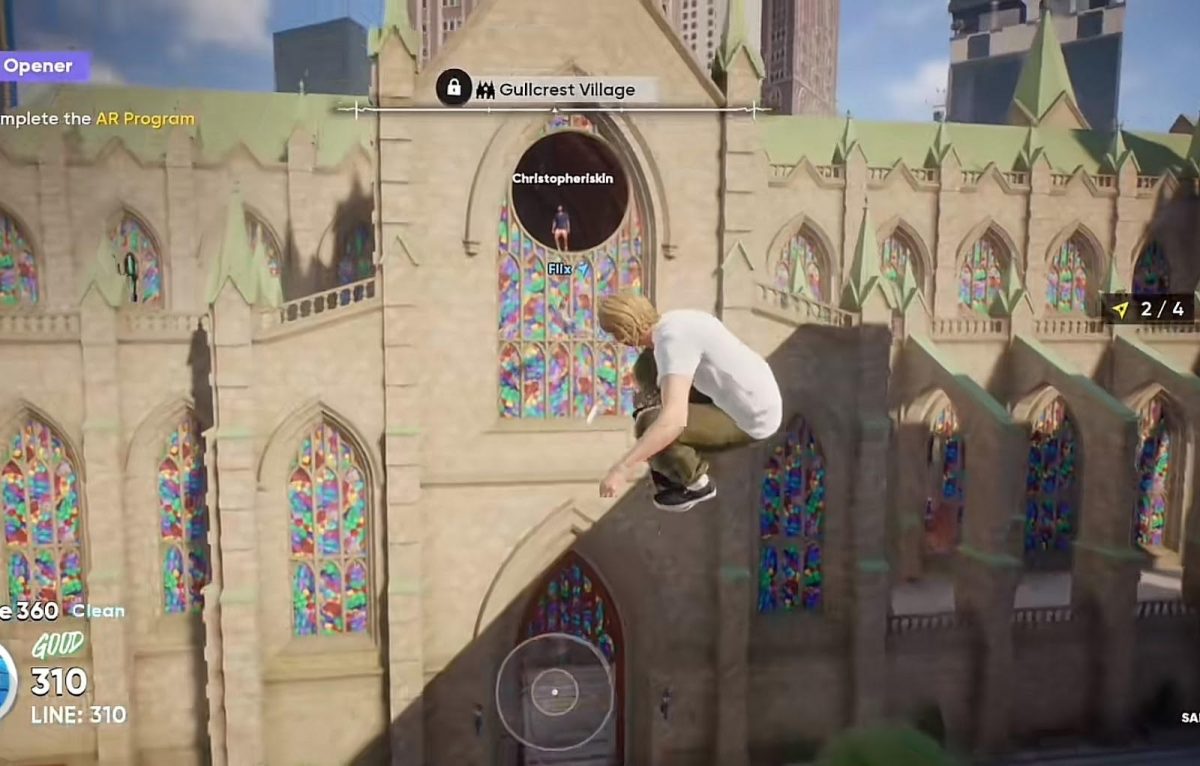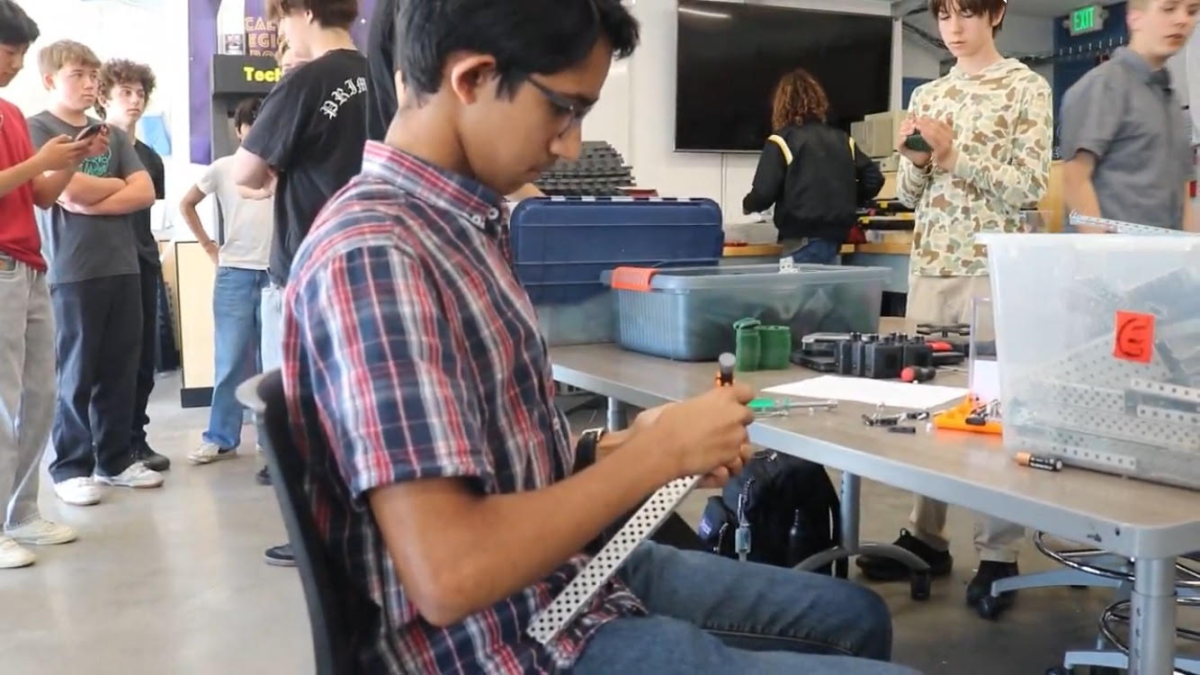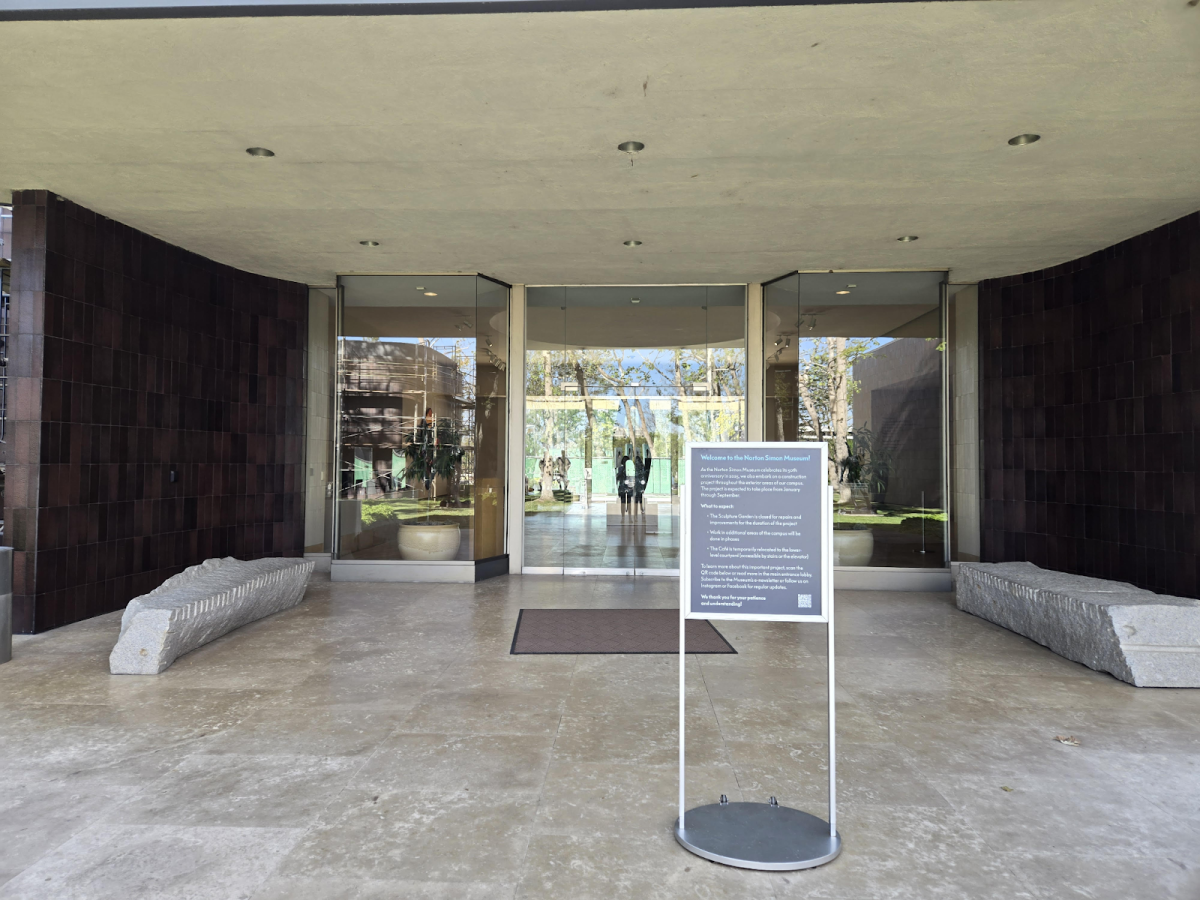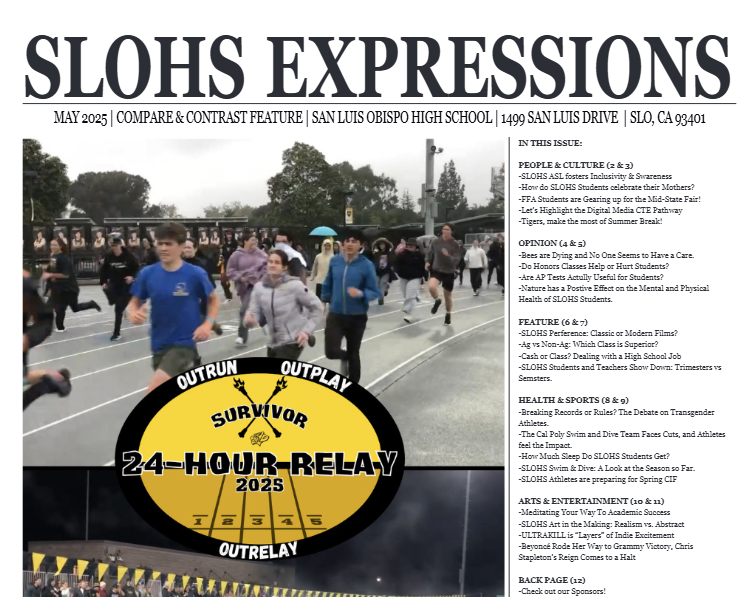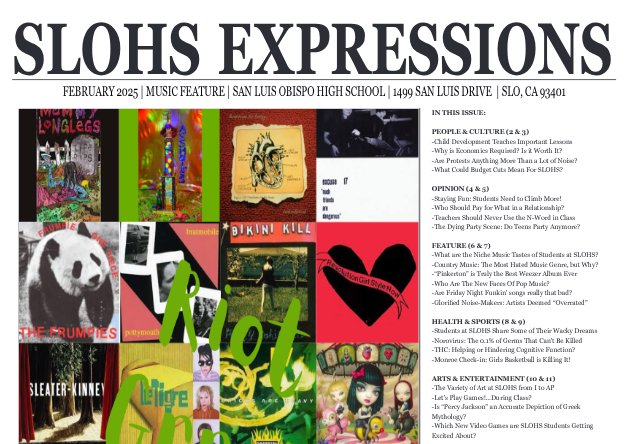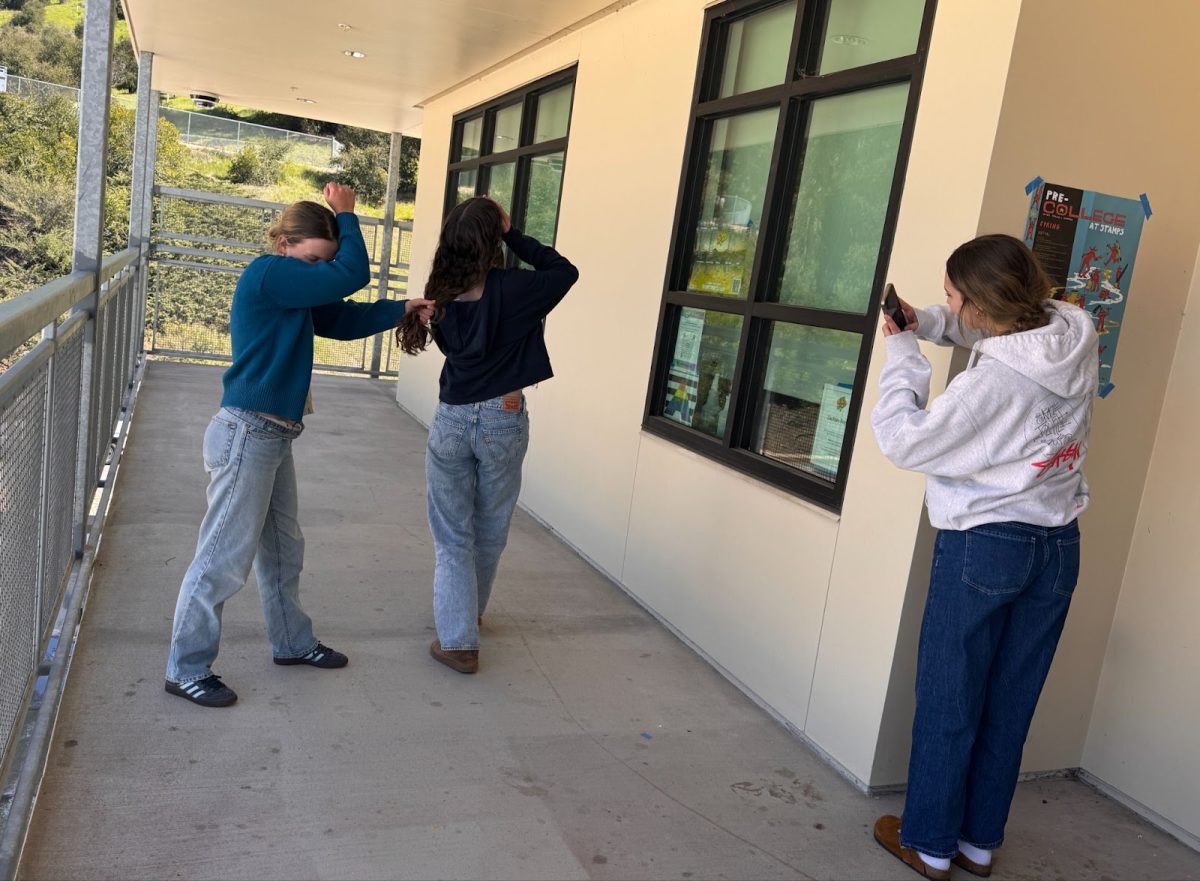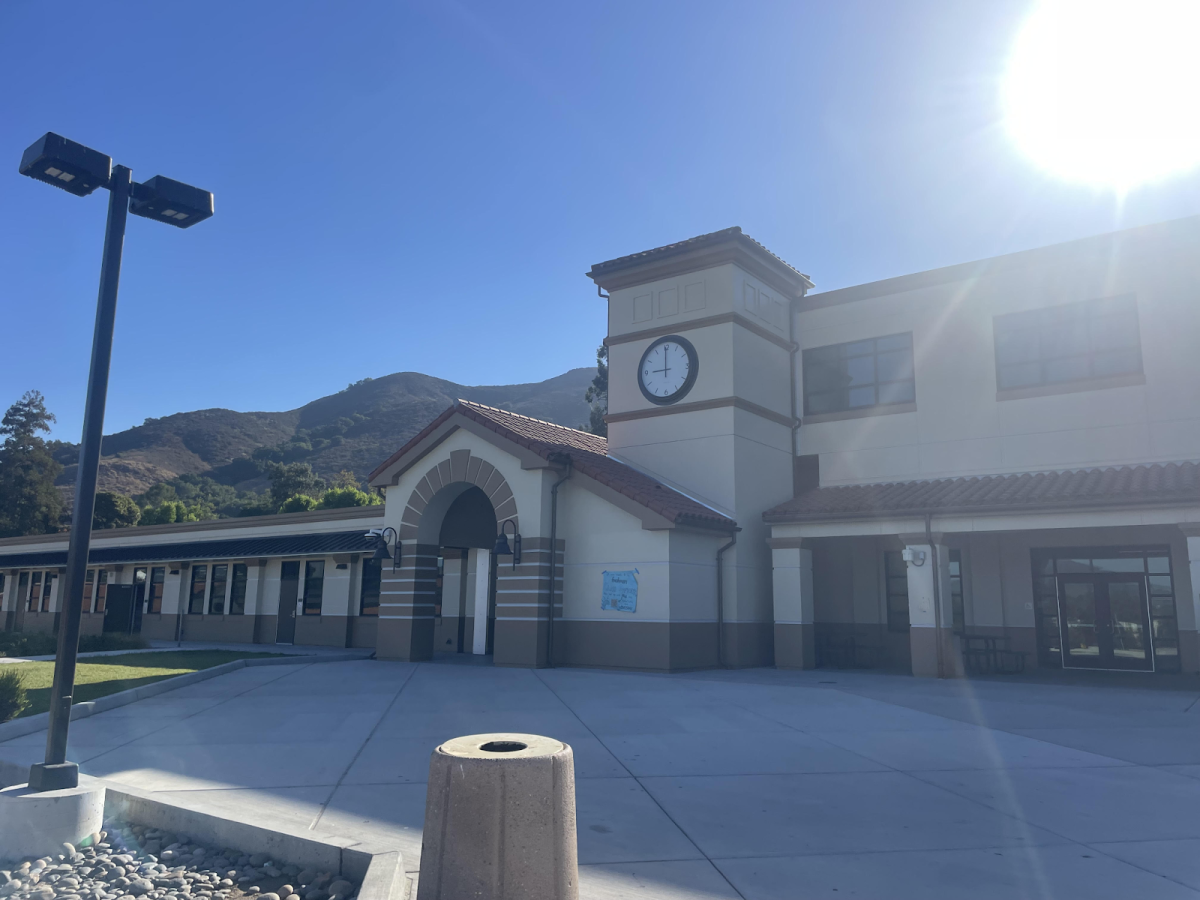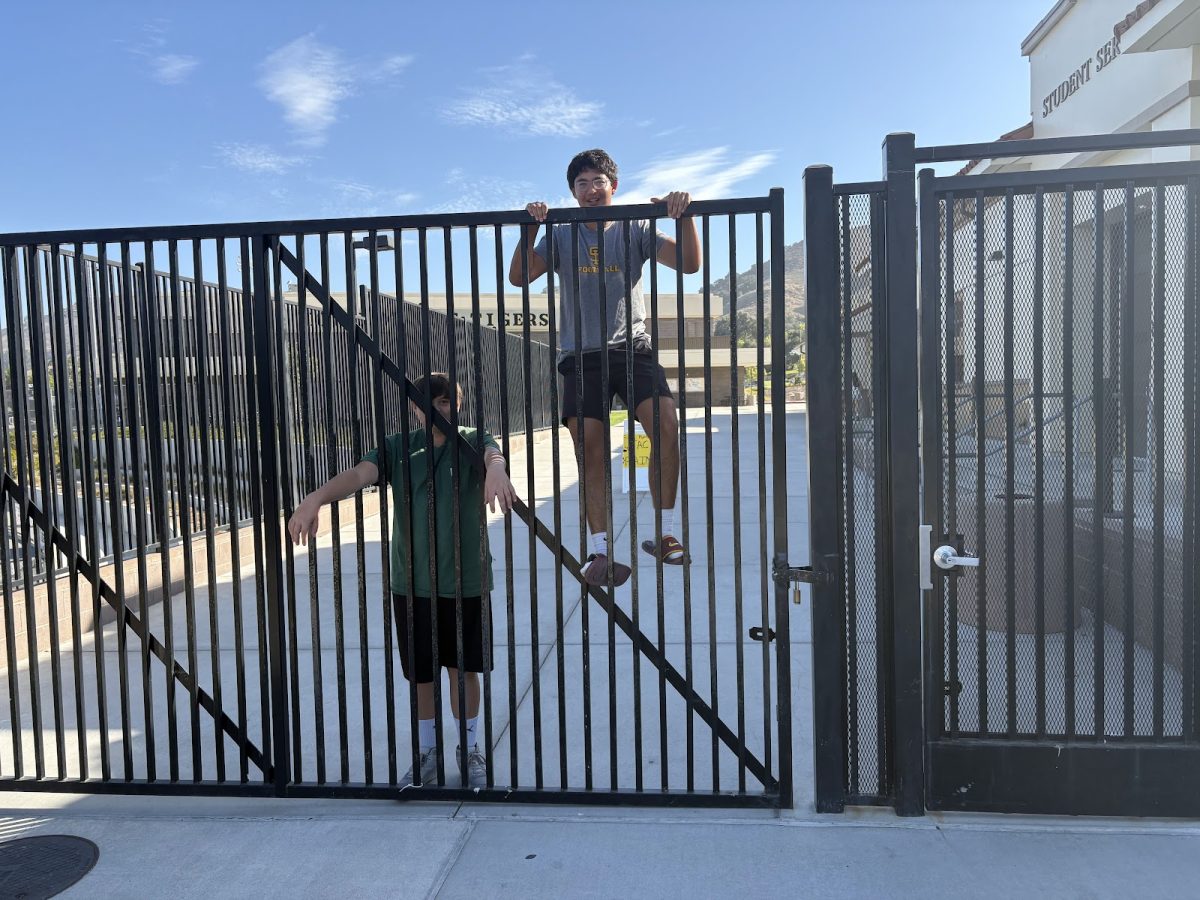Even in the brightest corners, bullying might occur. Photo courtesy of senior Sam Valery.
Bullying in San Luis Obispo High School is ascending to new heights as the third trimester starts, and needs to be stopped.
“Bullying is when somebody makes fun of somebody else for the sake of making them feel worse about themselves or in an attempt to feel better about oneself by putting others down,” said paraeducator Luke Senecal.
Bullying can affect a student in many ways. Kids who are bullied are most likely to experience depression, anxiety, increased feelings of sadness and loneliness, changes in sleep and eating patterns, and loss of interest in activities they used to enjoy.
Many students will tell a teacher or a principal, and they will talk to the bully, that does nothing, and the bully keeps being mean to others. There are multiple types of bullying, such as verbal bullying, which is saying or writing mean things to other students.
“The consequences depend on how severe the bullying is. They can lead to suspension and even expulsion,” said assistant principal Josh Garcia.
Social bullying, which is sometimes referred to as relational bullying, involves hurting someone’s reputation or relationships. But it can also be posting photos of that person that they don’t want others to see.
“We have the counselors and the Wellness Center to help students that are feeling bullied,” said Garcia.
There’s also physical bullying, which involves hurting a person’s body or possessions, such as hitting, kicking, shoving, spitting, beating up, stealing, or damaging property.
“Bullying is an important issue because the effects bullying has on the victim’s mental health…Some warning signs that someone is being bullied is withdrawing from activities, frequent headaches and stomach aches, and changes in eating habits,” said English teacher Terri Minetti.
But at what point does the conflict between students become bullying?
“The line is hard to find, but I would draw that line whenever at least one of the students is being singled out in a specific way,” said Senecal.
Bullying needs to stop, Tigers, if you see something, say something, it’s time to bring an end to this.

